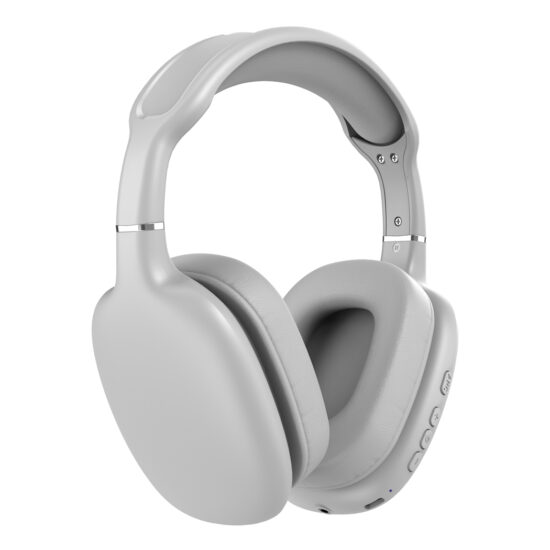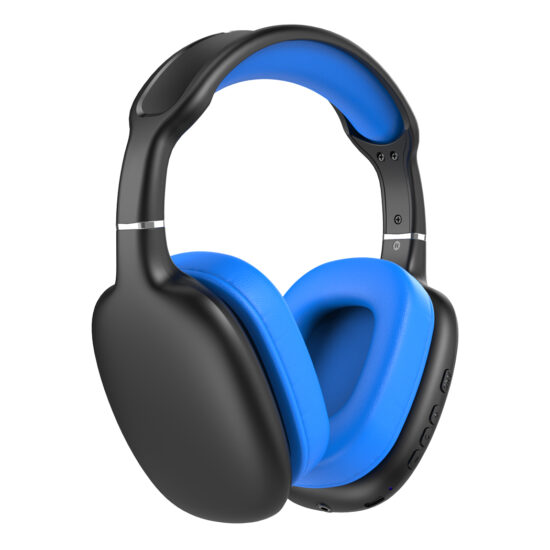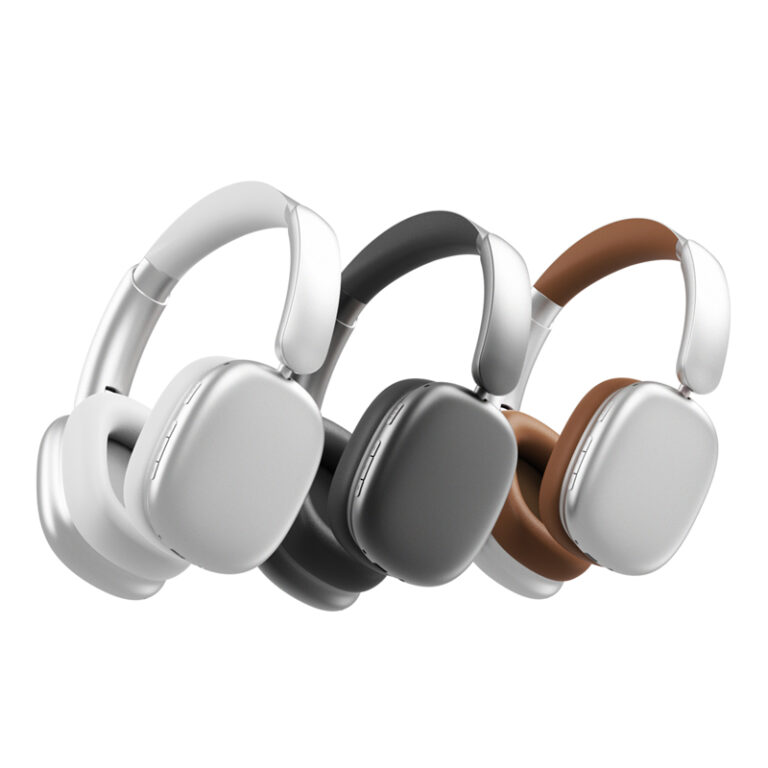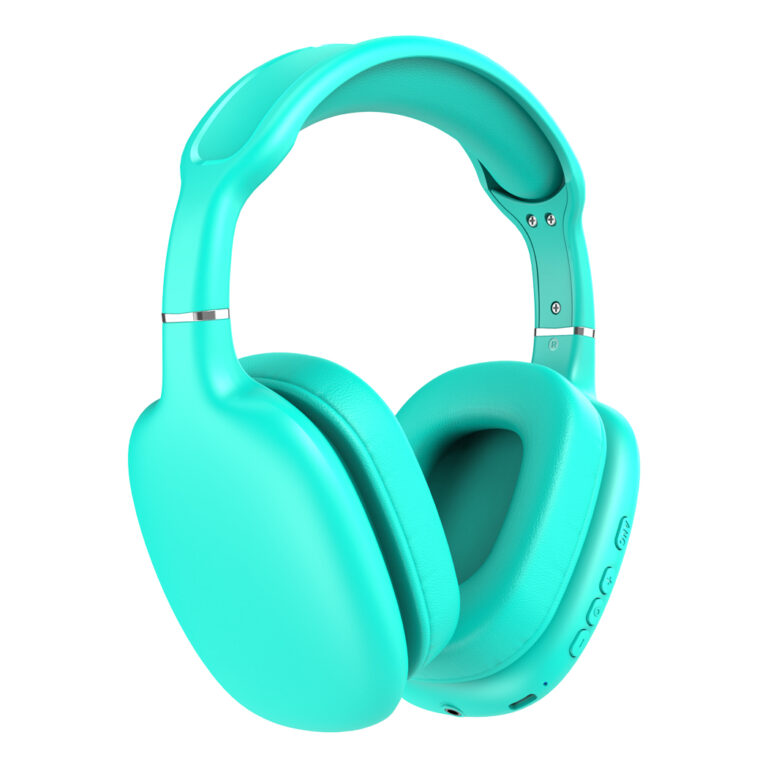jay@nbdho.com
Noise Reduction and Clarity Enhancement in Headphone Microphones
Headphone microphones have become essential tools for communication, gaming, remote work, and content creation. However, achieving clear and distortion-free voice transmission is challenging due to background noise, echo, and environmental interference. To address these issues, manufacturers employ sophisticated noise reduction and clarity enhancement technologies, significantly improving microphone performance in headphones.
Noise reduction in headphone microphones primarily focuses on minimizing unwanted ambient sounds such as keyboard clicks, traffic noise, wind, and conversations in the background. One widely used method is the implementation of noise-cancelling algorithms based on digital signal processing (DSP). These algorithms analyze the incoming audio signal, identify noise patterns, and suppress them without affecting the speaker’s voice. Adaptive noise cancellation further refines this process by continuously adjusting to changing noise environments.
Microphone design also plays a critical role in noise reduction. Directional microphones, particularly unidirectional and cardioid types, are engineered to capture sound predominantly from the user’s mouth while rejecting sounds from other directions. This targeted pickup pattern helps isolate the speaker’s voice and reduces interference from surrounding noises.
Additionally, dual-microphone arrays are becoming increasingly popular in headphones. By using two microphones, one positioned closer to the mouth and another capturing ambient sound, the system can better differentiate voice from noise. Advanced algorithms then process these inputs to cancel background noise and enhance voice clarity.
Clarity enhancement technologies complement noise reduction by focusing on improving the quality and intelligibility of the captured voice. Features such as automatic gain control (AGC) adjust microphone sensitivity dynamically, ensuring consistent volume levels regardless of how loudly or softly the user speaks. This prevents audio clipping or distortion and maintains clear communication.
Echo cancellation is another critical aspect of clarity enhancement, especially in scenarios where headphones include speakers and microphones simultaneously. Without effective echo suppression, users may experience feedback loops or audio echoes that degrade voice quality. Modern headphones incorporate echo cancellation protocols that detect and eliminate these artifacts in real-time.
Beyond hardware and algorithms, software plays an important role. Many headphones come with companion apps or driver software that allow users to customize microphone settings, toggle noise reduction features, and update firmware for improved performance.
The benefits of noise reduction and clarity enhancement are evident in various use cases. Gamers experience clearer in-game communication, remote workers enjoy professional-sounding calls, and content creators produce higher-quality recordings without background distractions. These technologies also enable hands-free communication in noisy environments like cafes, airports, or outdoor settings.
In summary, the integration of advanced noise reduction and clarity enhancement technologies in headphone microphones addresses common challenges in voice transmission. By combining directional microphone design, DSP algorithms, multi-microphone setups, and user-adjustable software, modern headphones deliver crisp, clear, and reliable audio communication across diverse environments.





